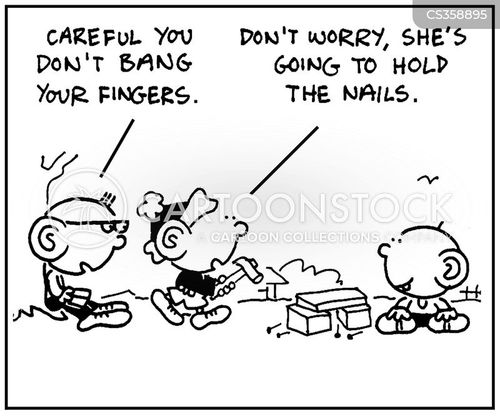going broke depends on allocation ,draw rate and sequence of returns not the size of the portfolio .
how long the money lasts is not dependent on amount . a portfolio of 10 million or 250k at 4% stands the same chances of success or failure trying to draw 4% . only the amount in dollars changes .
trying to draw 4% from a portfolio of 250k vs 10 million from just fixed income stands the same poor chance of doing it , the math is the same.
no one likes pay cuts , not in retirement and not when we were working
the actual math says that to draw 4% inflation adjusted for 30 years you need an average of at least 2% real returns for the first 15 years .real return is after inflation .
fixed income has failed to be able to do that 34x so far out of the 117 30 year cycles we have had .
100% equities failed to do it only 8x and 50/50 6x .
which is riskier at the end of the day ?
having more money , but no equities or little equities lets you draw around 3% and if that works for you , great . but that is also very inefficient use of the money you worked so hard to accumulate . drawing 25% less with a 3% draw than 4% is a big difference in your pay . but without using at least 40% equities you cannot safely draw 4% so it becomes rather inefficient use of the money .
especially when you consider that a 60/40 allocation has ended 30 years with more than you started 90% of the time . so there can be a big difference both in pay and balance left when equities are used in levels high enough to do the job .
over the long term things work opposite . it is the balanced portfolio's that become safer and more efficient and the fixed income ones that become riskier or else they are just an inefficient use of your saved money .
what someone does is up to themselves , but these guidelines are in place for a reason - because these stress tested models provide the highest , safe income draws with the greatest chance of success because they are based around only the worst of times , not average outcomes or the best .



